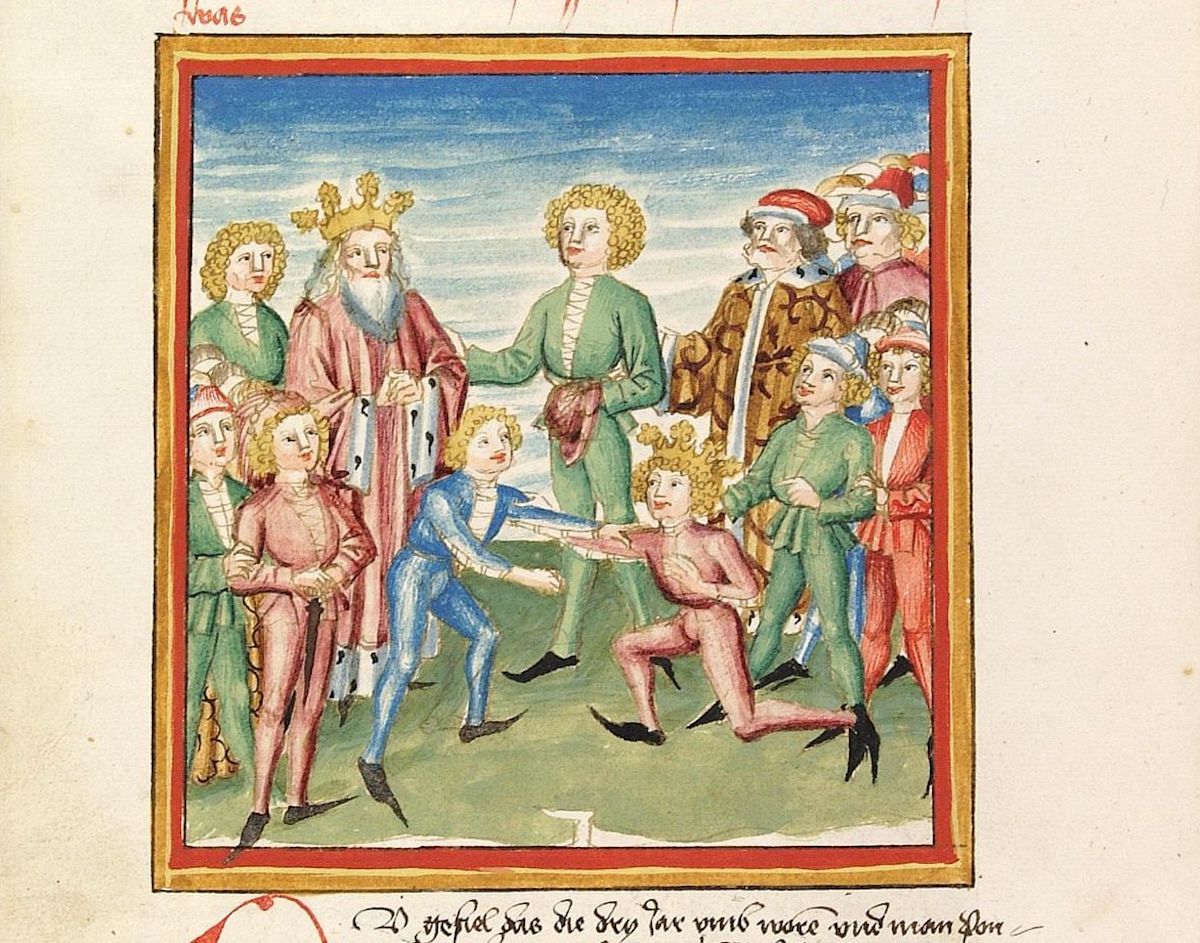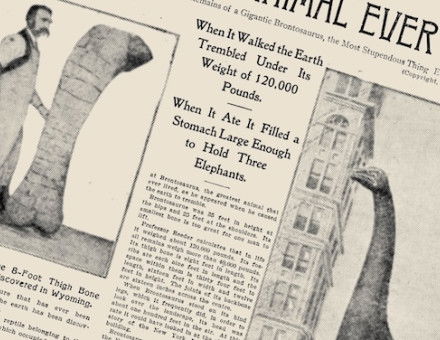Child’s Play in Medieval England
Phillipe Ariès once argued that childhood did not exist in the Middle Ages. The survival of toys and depictions of games in medieval manuscripts prove otherwise.

‘Play up! play up! and play the game!’ The ringing chorus of Sir Henry Newbolt’s famous cricket poem Vitai Lampada (1908) sums up some characteristic Victorian and Edwardian views about play. How children played was important, and adults should regulate and direct it. Cricket and suchlike games promoted endurance, self-discipline and team spirit. These qualities were needed for the health of society and government at home, and of the British Empire beyond.
Newbolt, of course, was only one in a long line of people who thought in this way. The notion that children’s play should be used for educational and social purposes goes back to the ancient Greeks, if not beyond. Medieval England was no exception. Studying its toys and games tells us much about adult views of children and play. But it also reveals a good deal about children themselves, and casts light on what has become, in recent times, a controversial issue.





